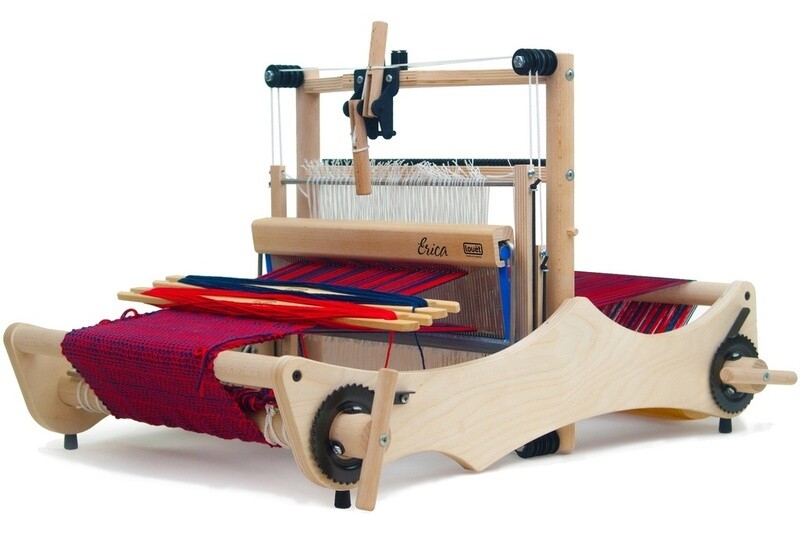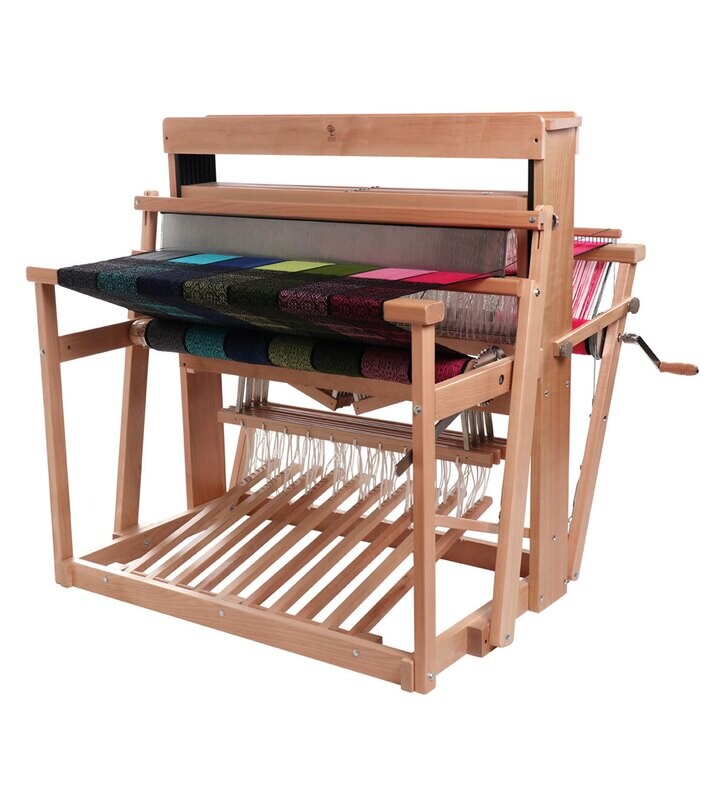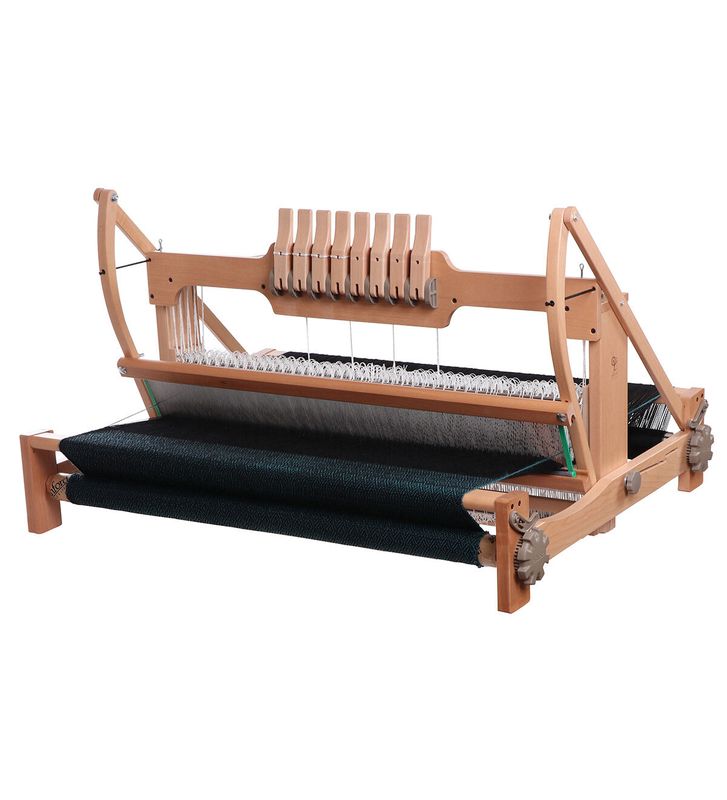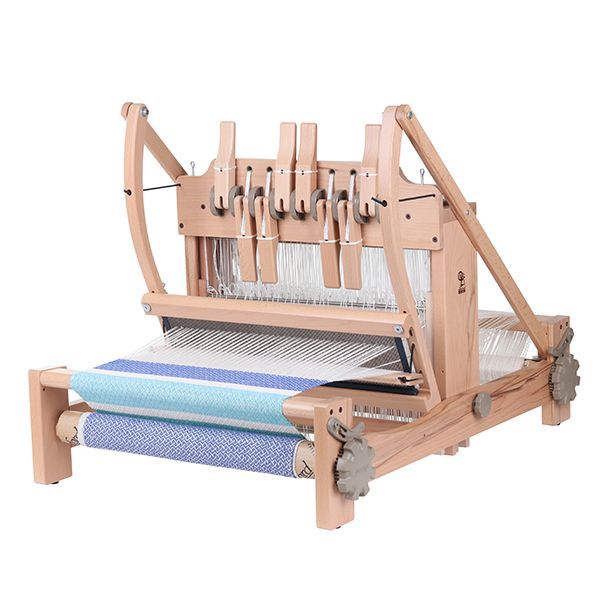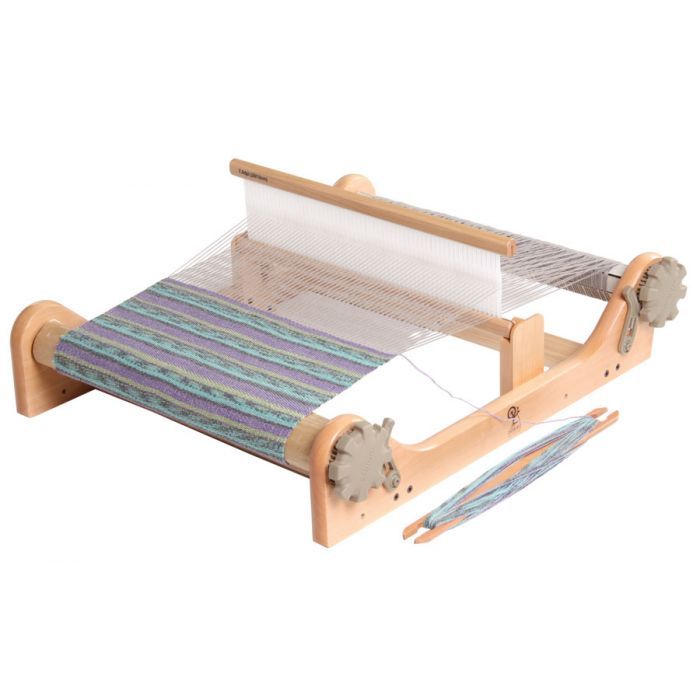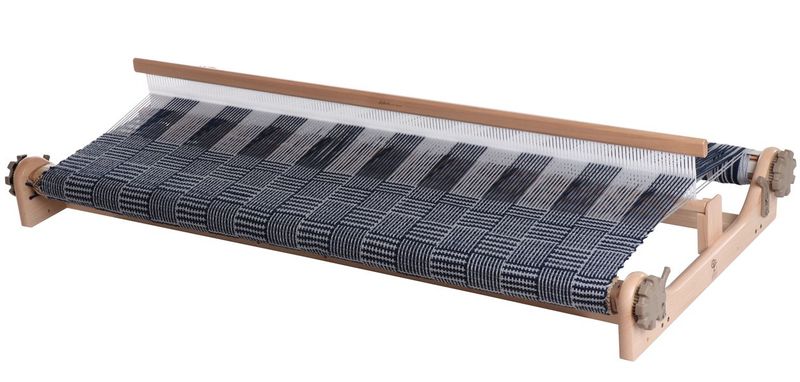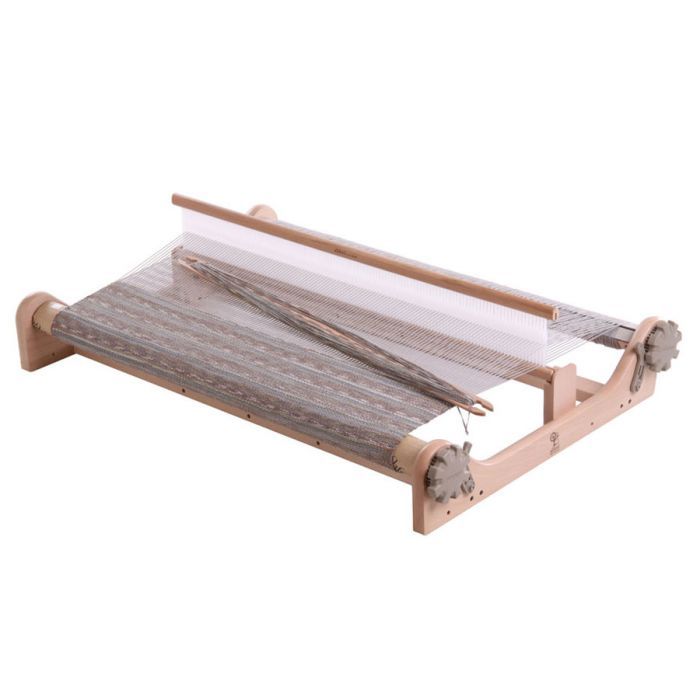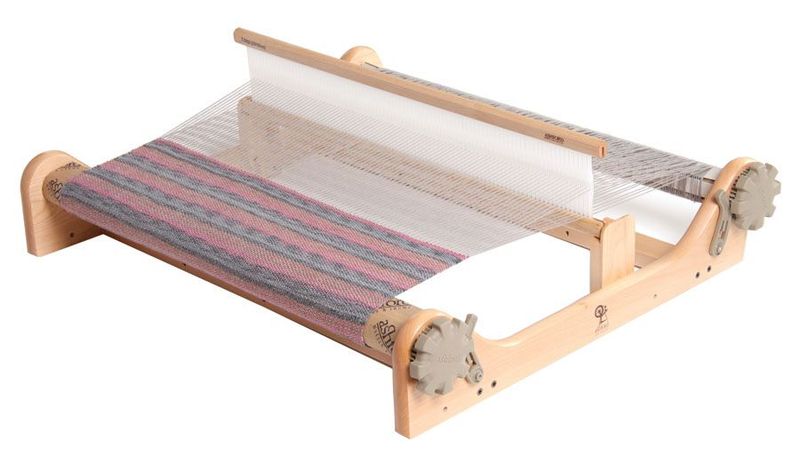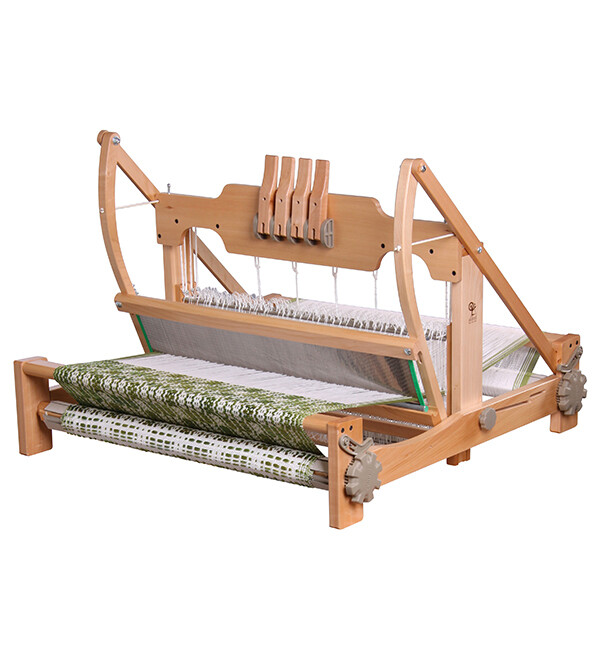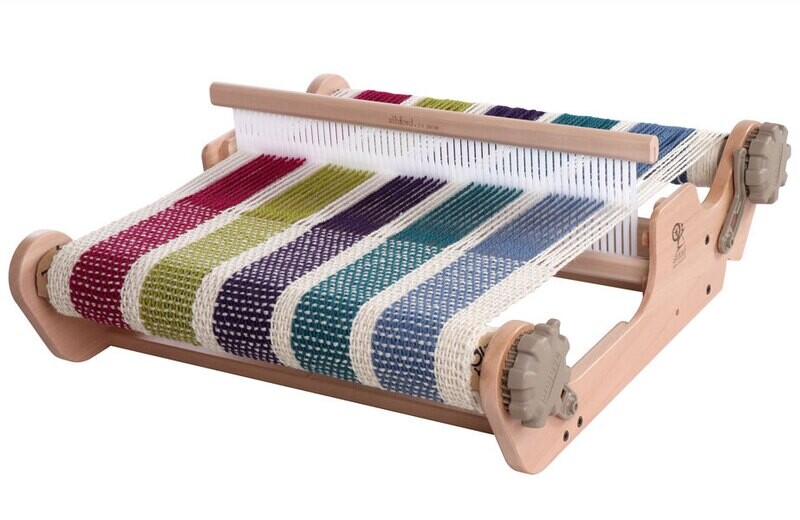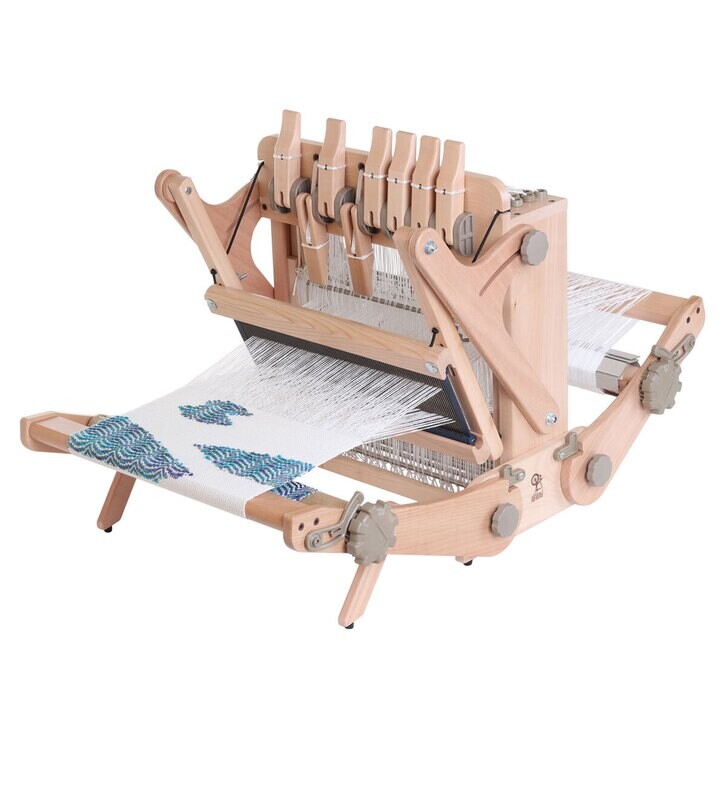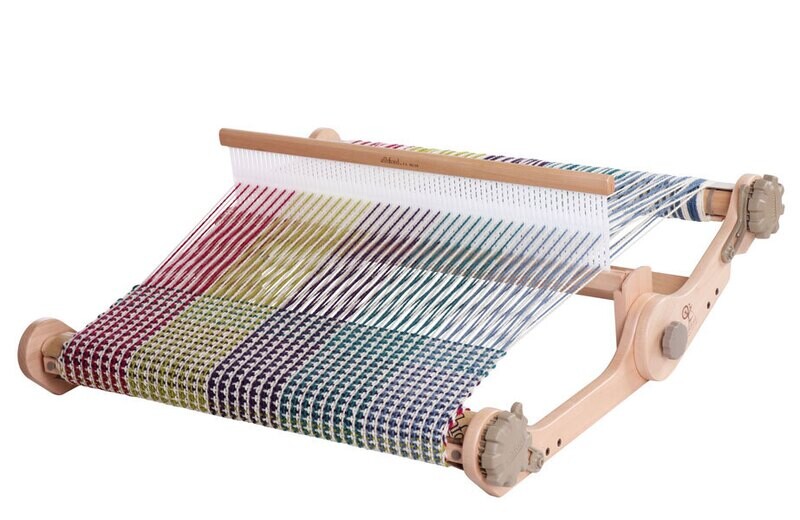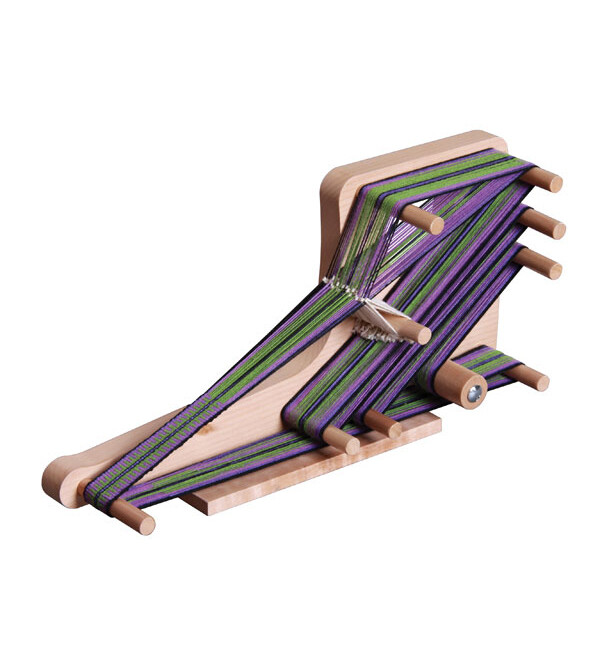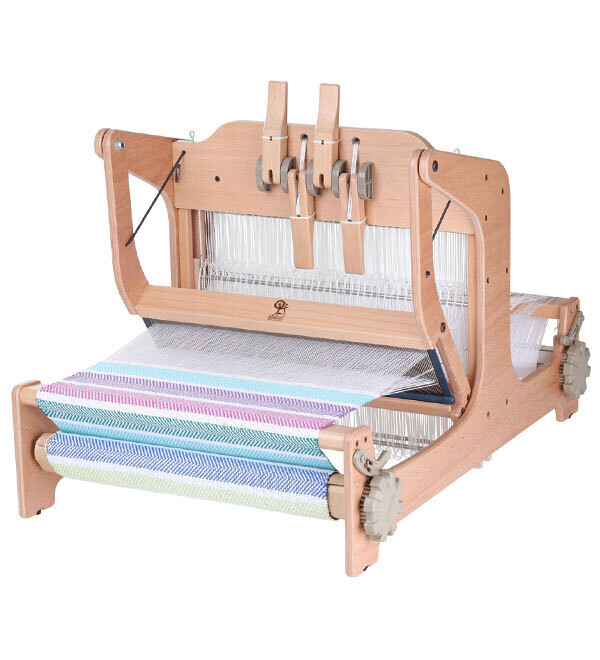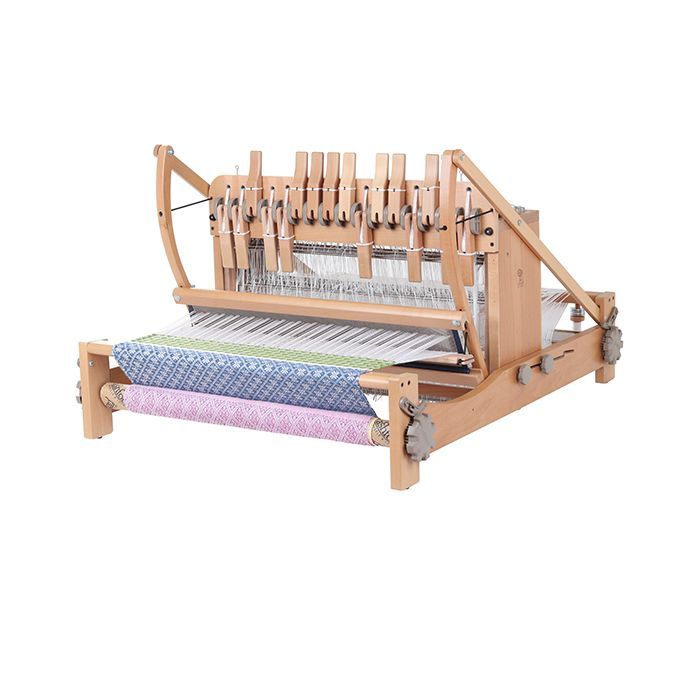
Categories
Weaving Looms
Essentially, a weaving loom refers to any apparatus utilized for intertwining thread or yarn to produce cloth, rugs, or tapestries. Fundamentally, a loom functions by maintaining a set of parallel threads (known as the warp) under tension while facilitating the weaving of another set of parallel threads (known as the weft) perpendicular to the tensioned threads. The arrangement of the weave typically hinges on the manipulation or displacement (either upward or downward) of the warp threads.
With origins dating back to around 6000 BC, weaving stands as one of humanity's oldest and continuously practiced crafts. Its significance is underscored by its mention in the Old Testament on approximately nine occasions.
Refine by



